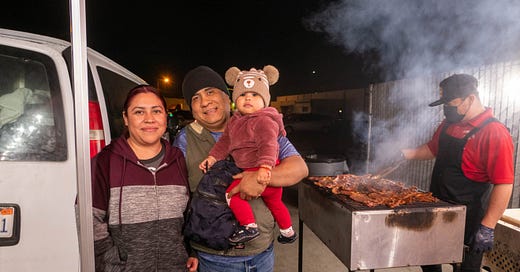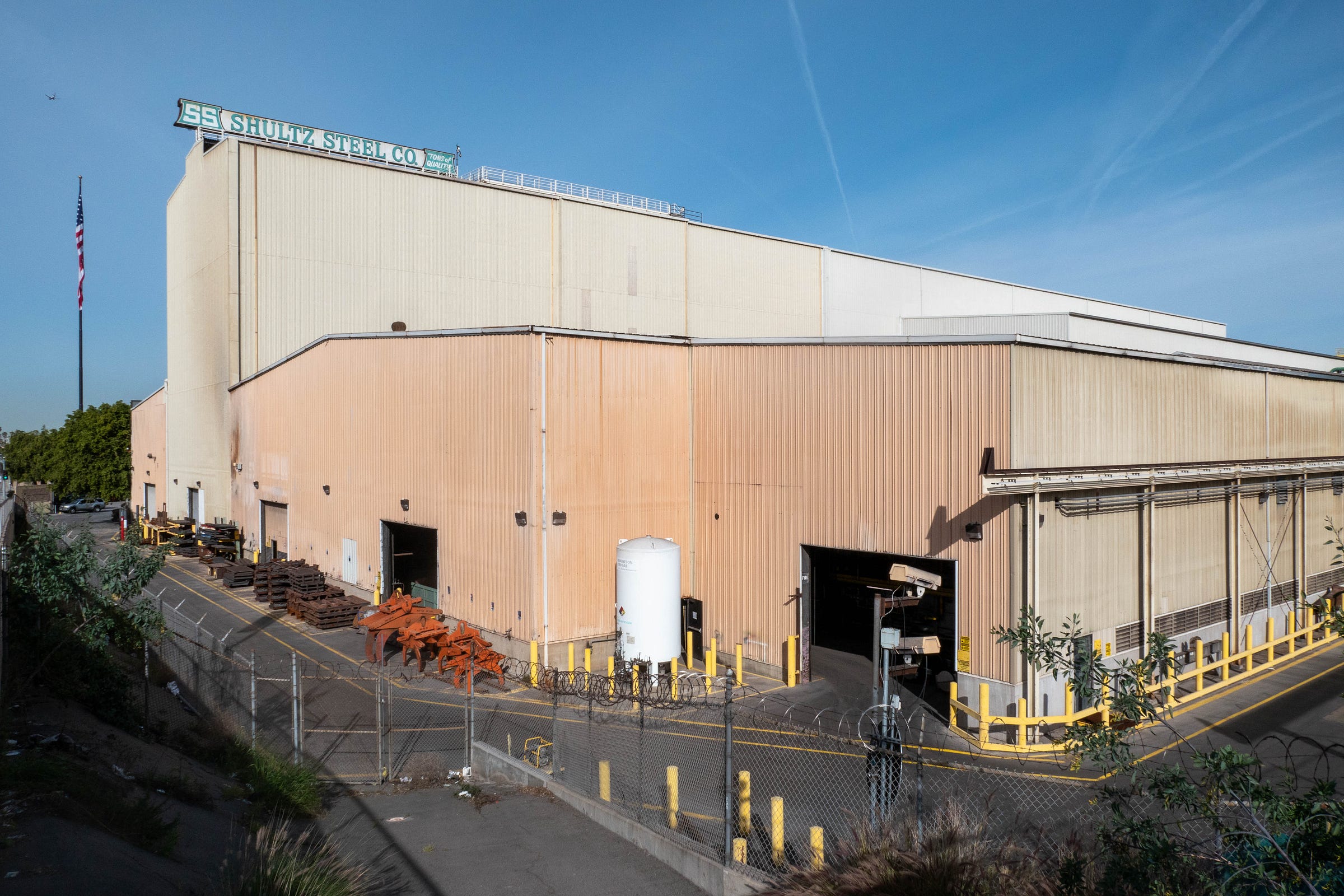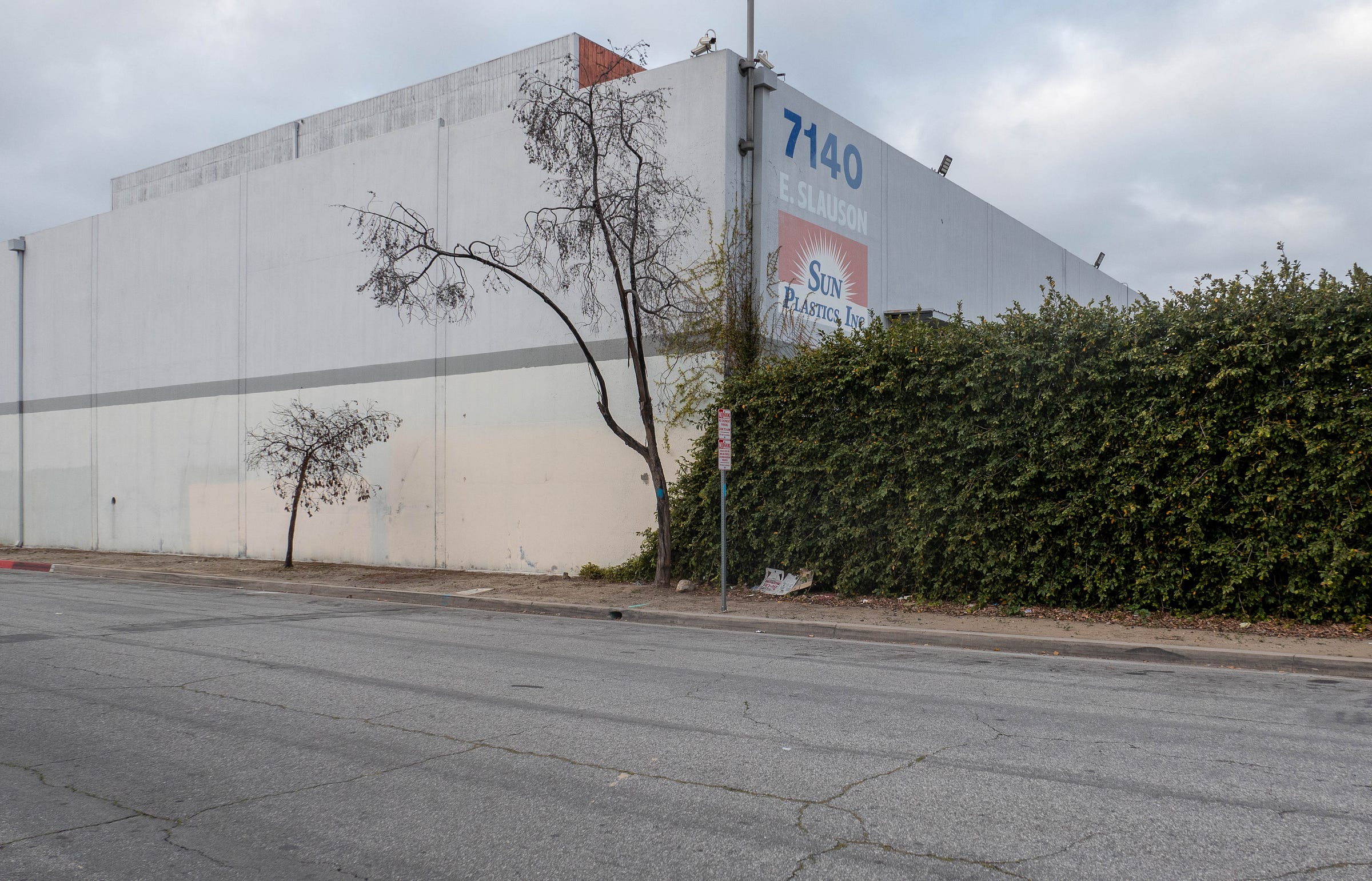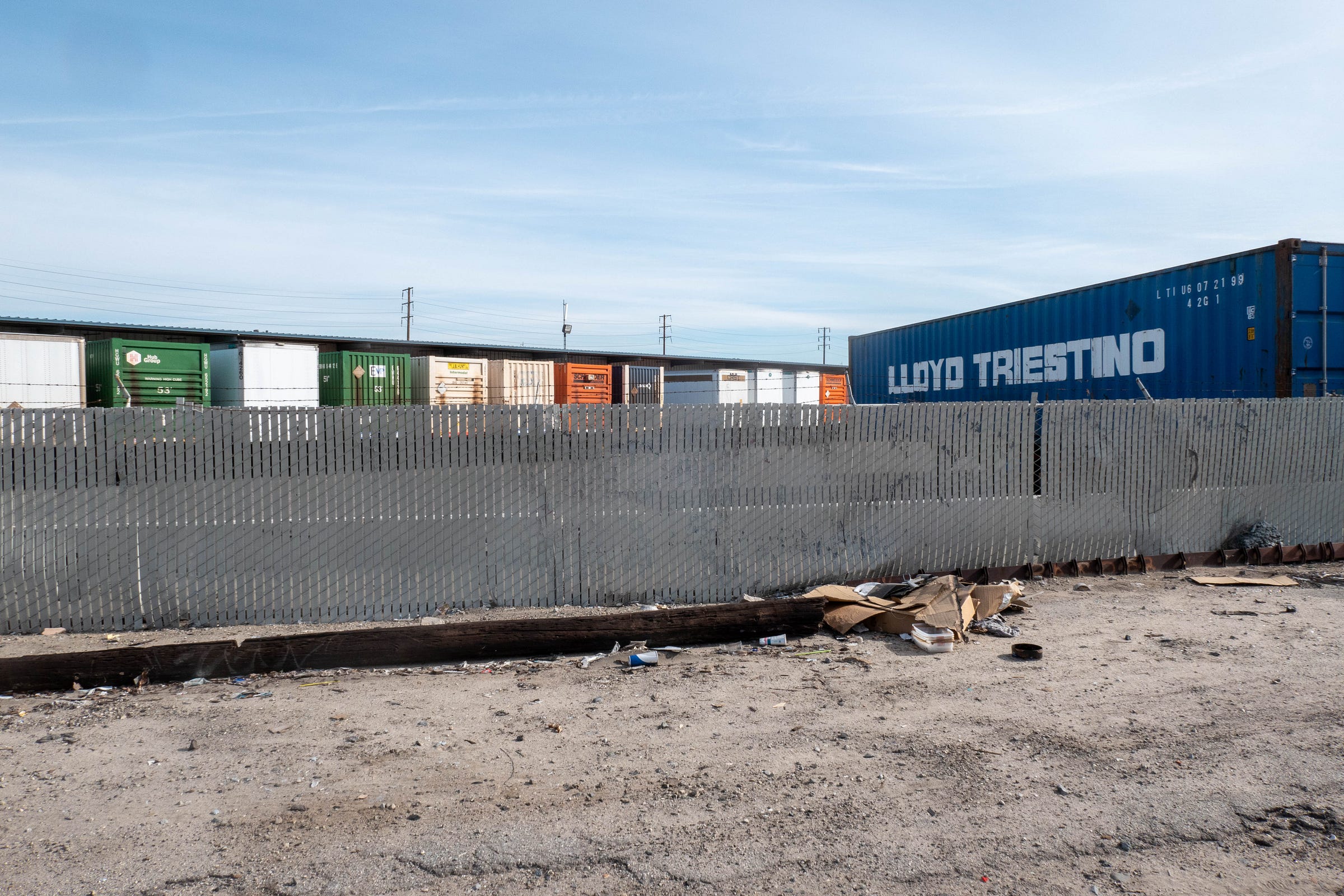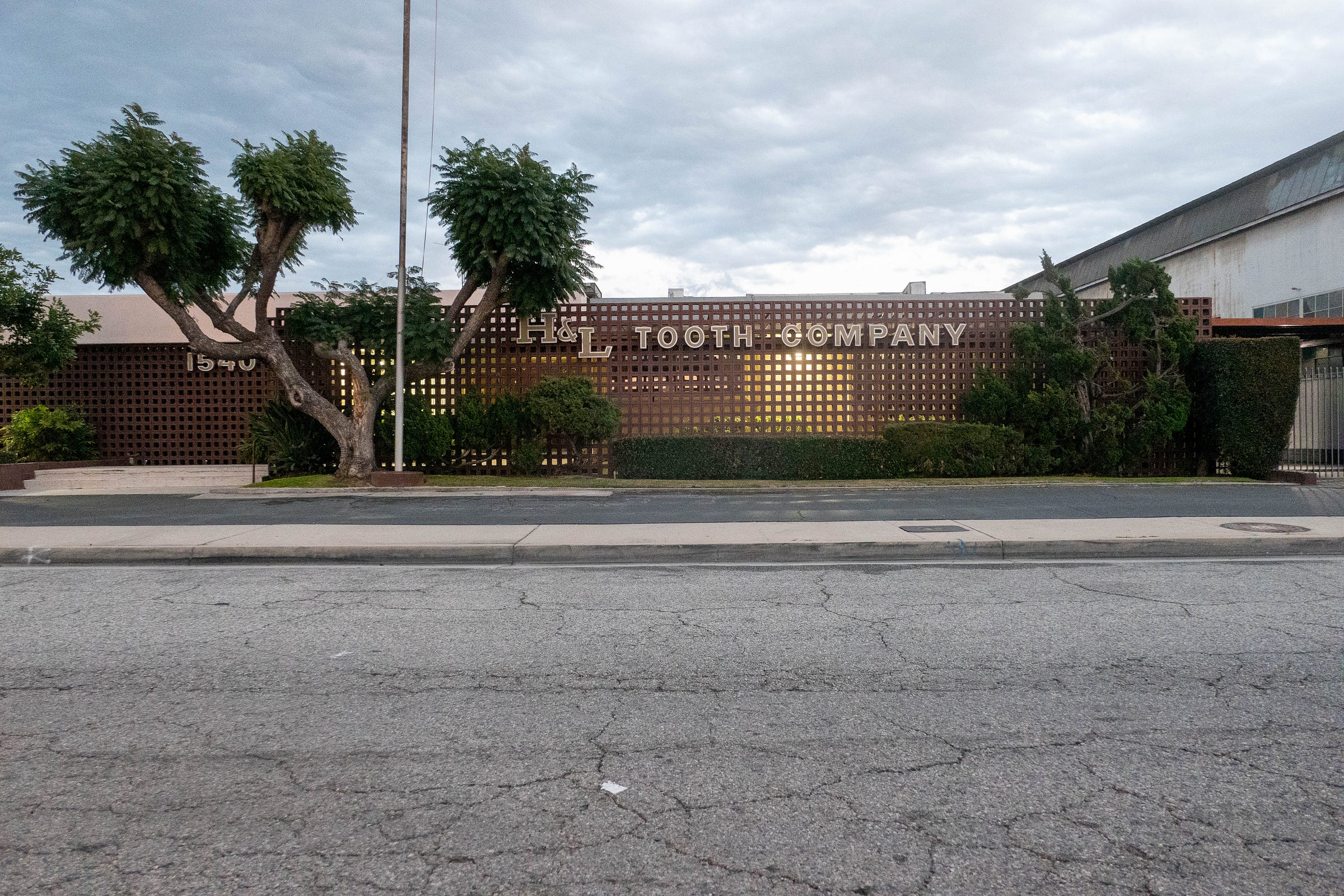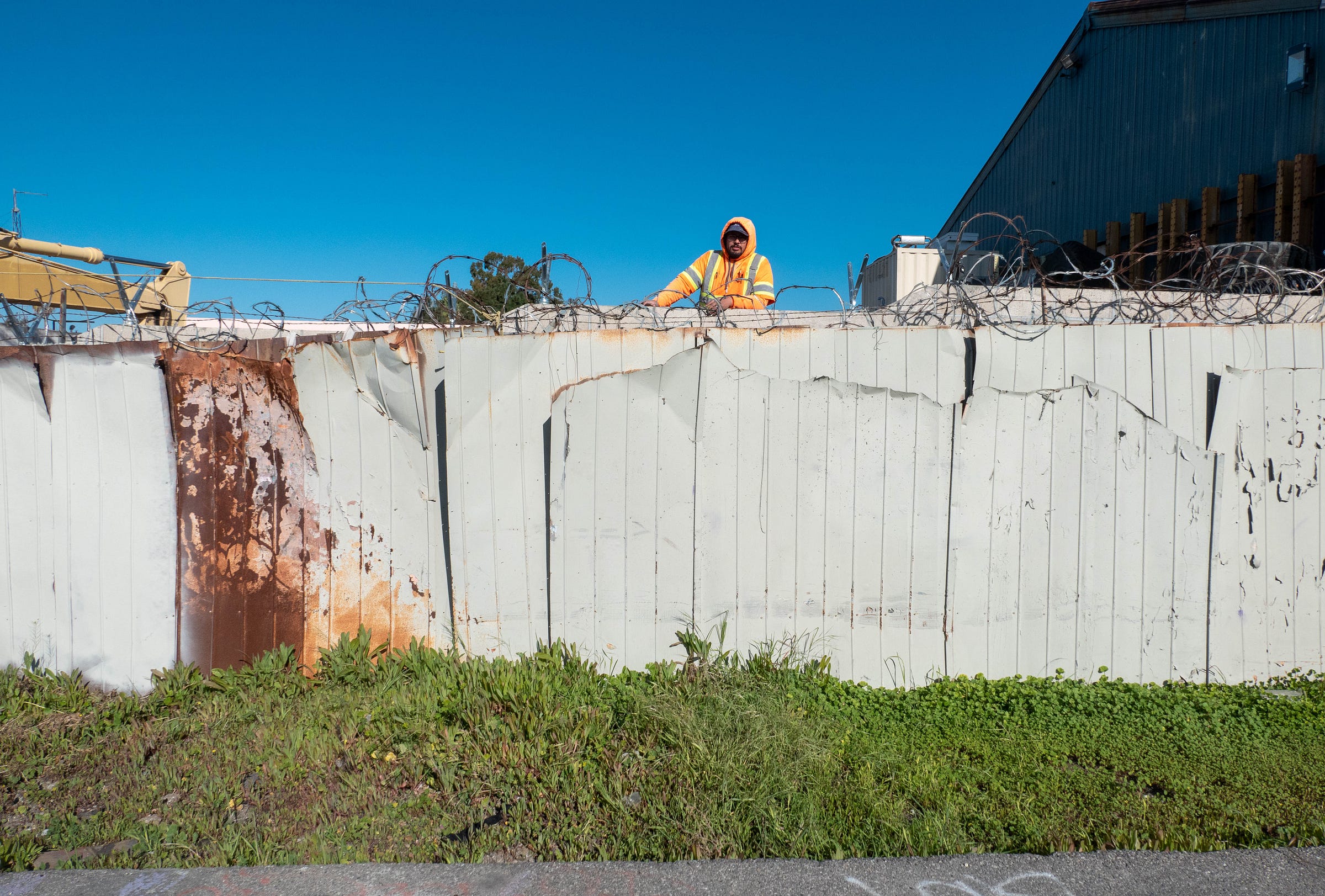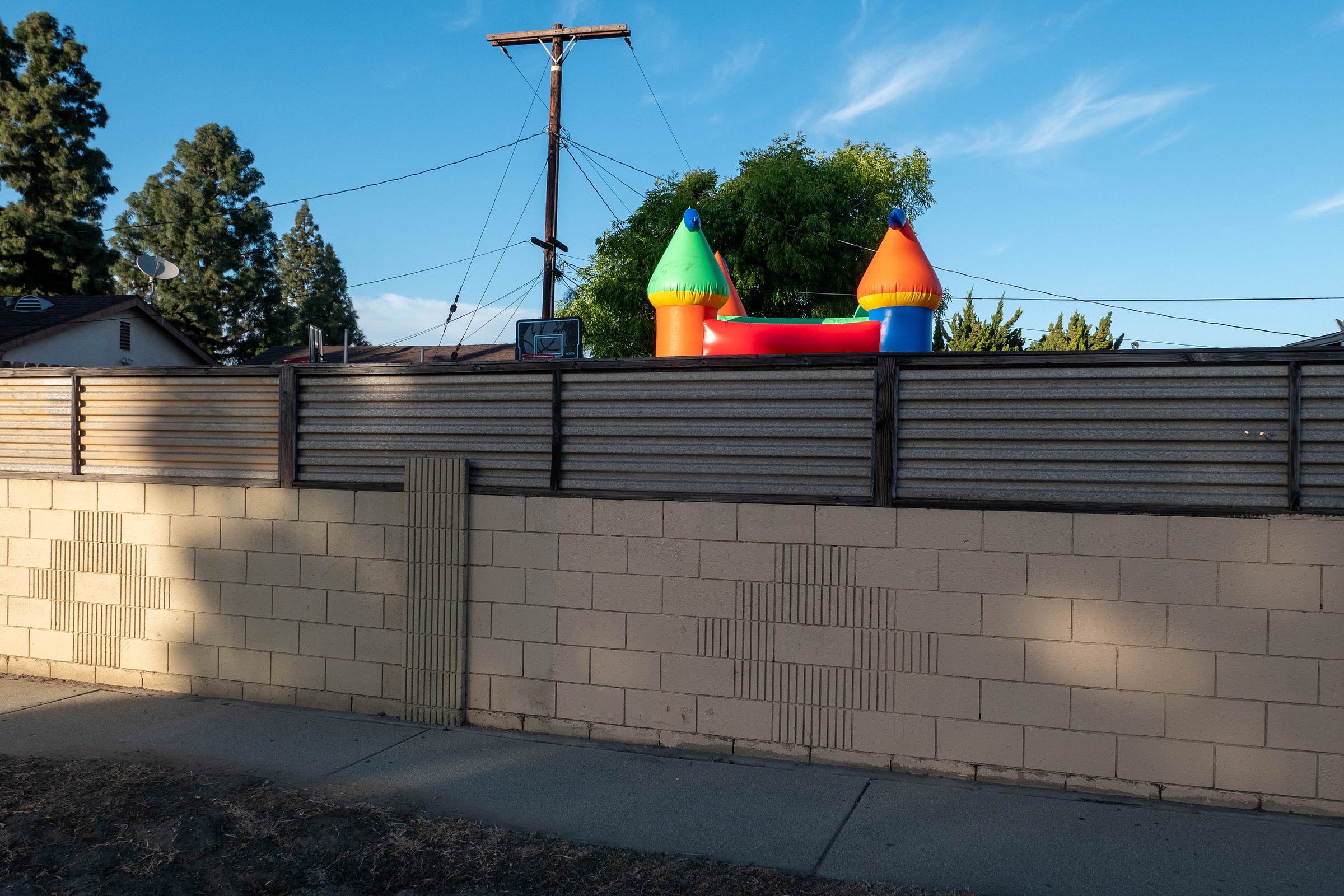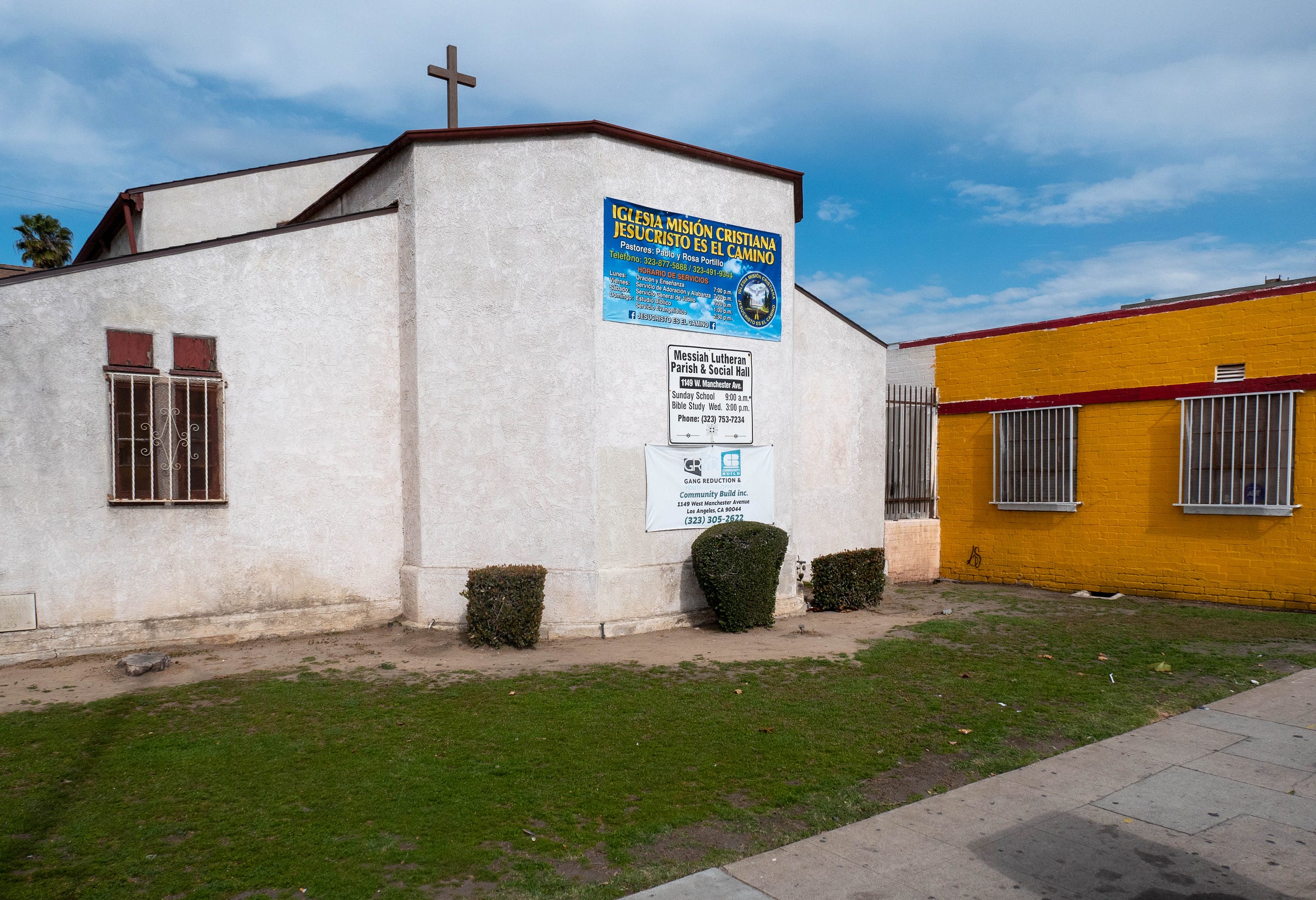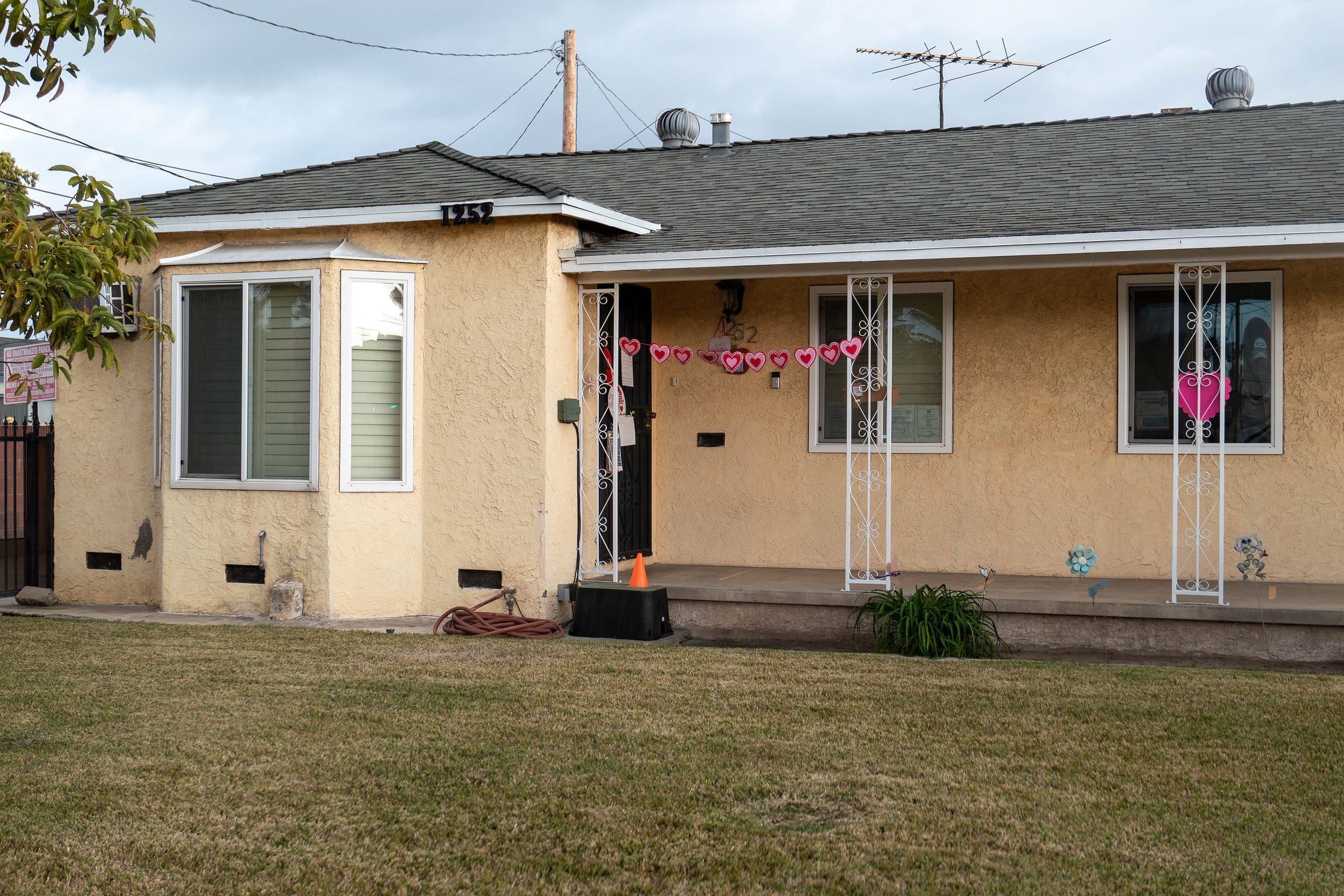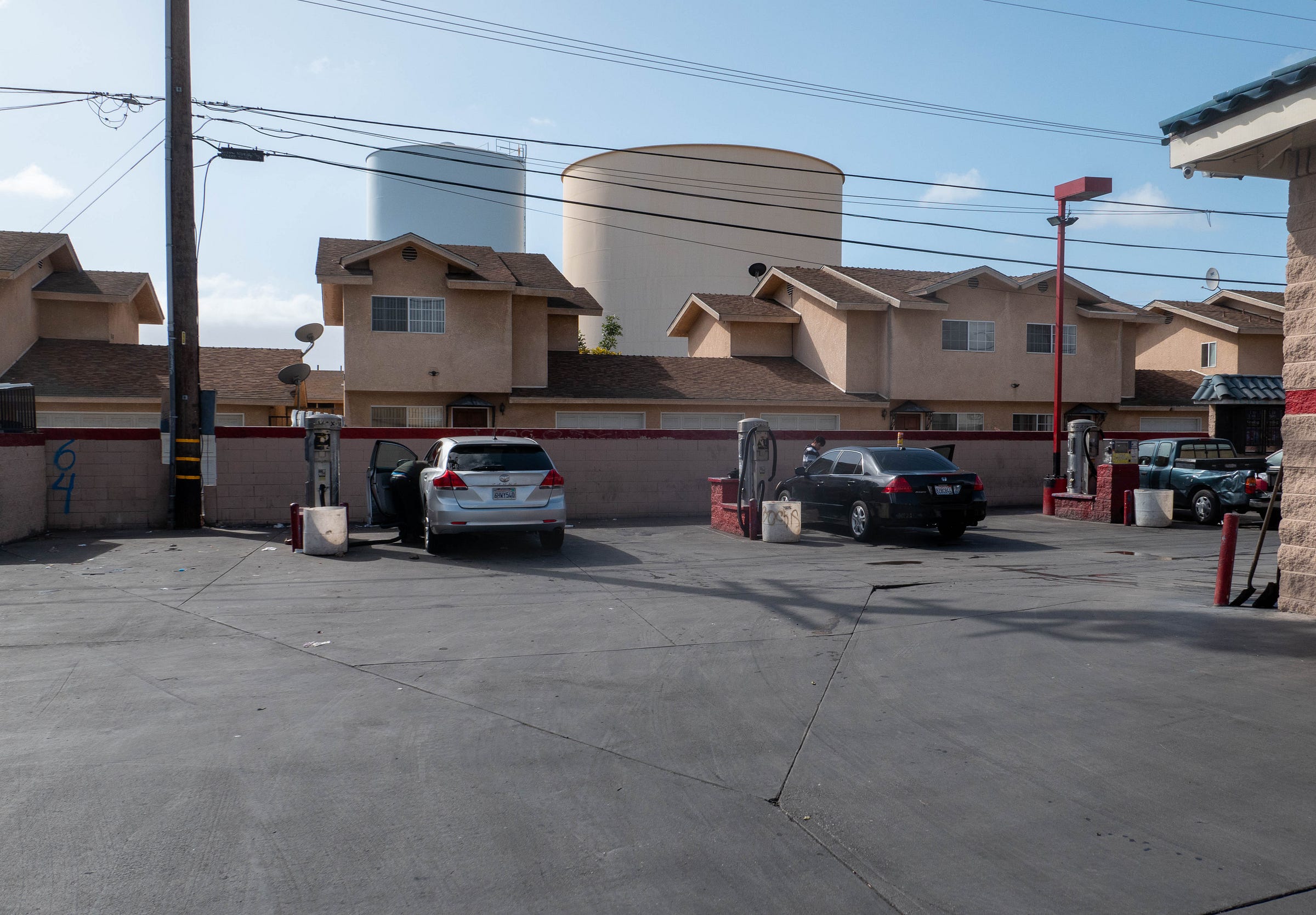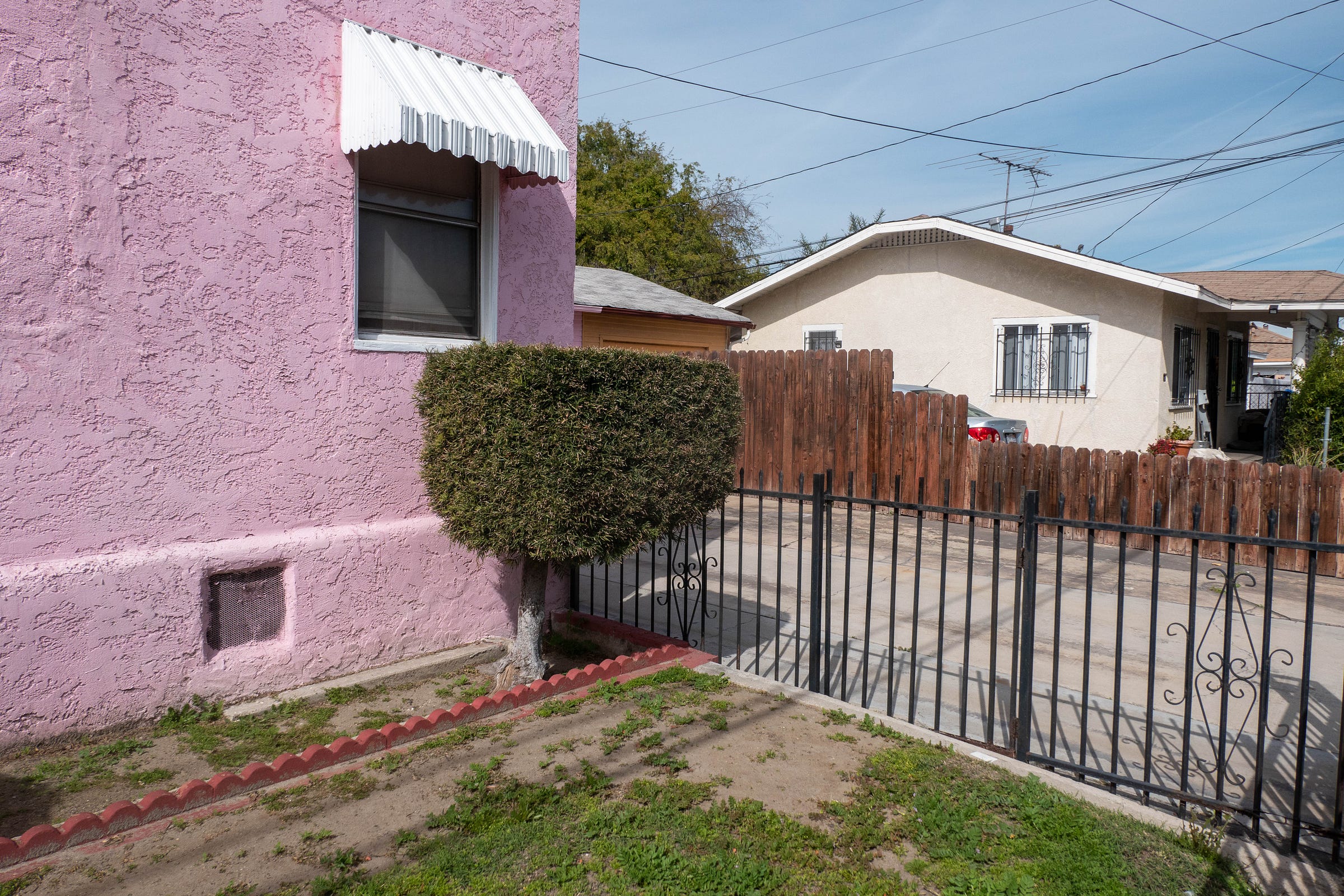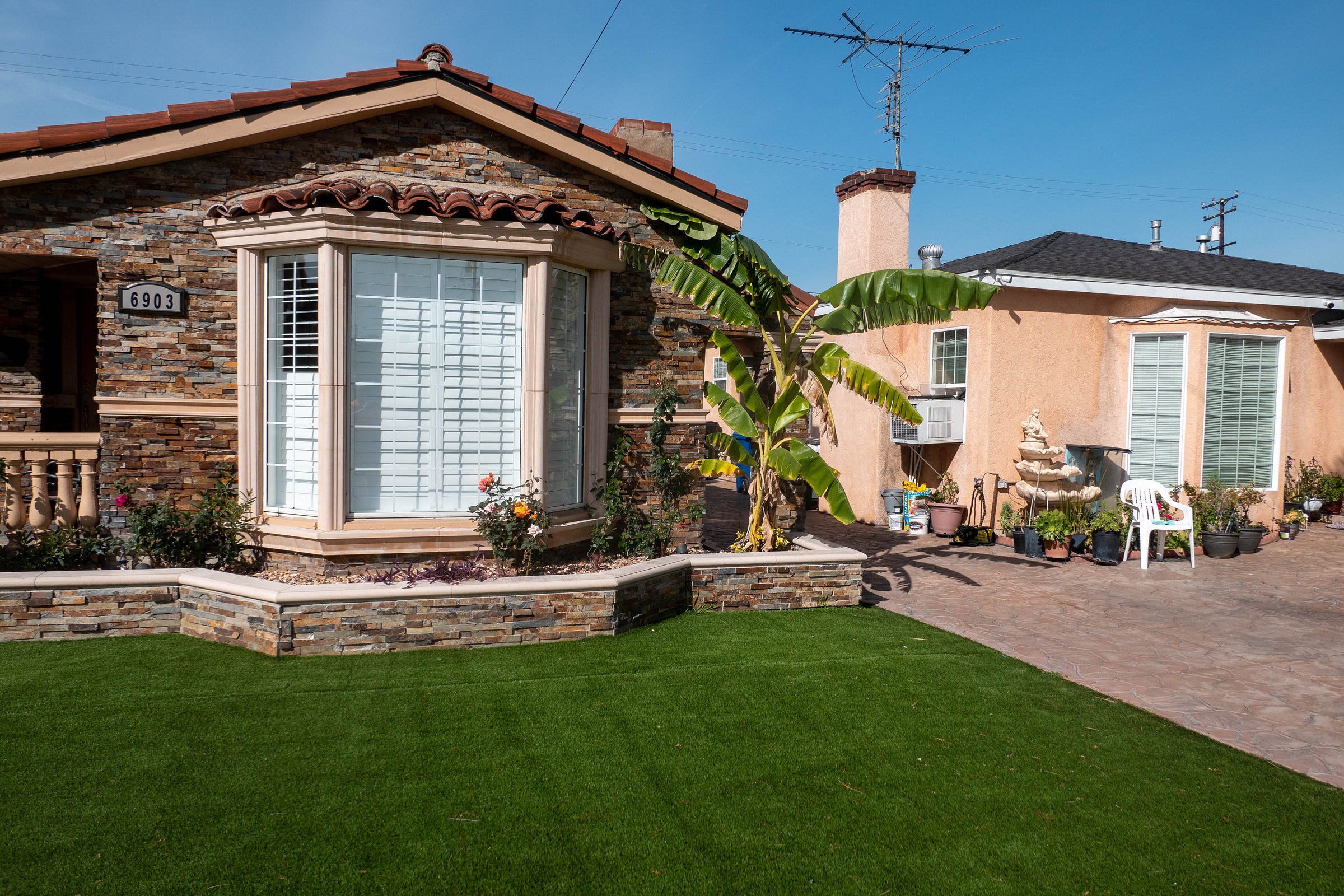Hollywood looms over Los Angeles, eclipsing almost everything else. It’s the resplendent thing that shines bright, defining LA as a city of well to do beautiful people posing for cameras. A place where out of touch elites concoct fantasies for the rest of the world.
That, however, is one very small part of LA. Go almost anywhere south of I-10 and you find neighborhood after neighborhood of factories, warehouses, and truck depots. Of steel presses, rail-yards, and logistical networks. Of “We’re Hiring!” signs.
LA is a manufacturing town, not only of fantasies, but of real things. Like aircraft parts, specialized windows, “forged ground engaging tools”1, sliding glass doors, and many other of the mundane things necessary for our comfortable lives. It’s so manufactur-y that it can now claim, according to those who worry about these things, the title of US’s largest manufacturing center.
Move over Rust Belt, LA is now the industrial heartland of the US!2
All the manufacturing and industry begins in the far south of LA, thirty miles from Hollywood, at the port of Long Beach, where ship after ship disgorge container after container jammed with stuff from Asia, to be transported up the 710 to the factories, workshops, and warehouses of Commerce, Vernon, Cudahy, and Compton, where it is all disassembled, refined, and reassembled, to be once again driven along the I-710, I-10, I-15, or some other I, to the rest of America, or back to the port to be shipped back to Asia.
All of this means jobs. Lots of jobs, with enough stability and growth to allow someone without a fancy degree from a fancy college to work hard, find a home, start a family, and build themselves a good life. The American dream kind of life, where they can be pretty certain their kids are going to have it better than they ever did. Even if those kids never work as hard as they did.
The result is that between the blocks of warehouses, rail-yards, and factories, are blocks thick with well kept smaller homes. With F-150s and minvans in the driveways, and immaculately kept lawns of trimmed hedges, bouncy castles, rock gardens, flags, and kitschy statuary.
Next to the homes are strip malls of taco joints, sushi places, churches, grocery stores, donut shops, and coffee shops.
South LA is a modern version of the 50s, the one Hollywood once churned out many glamorized and romantized versions of. A humble town with an extensive lower middle class focused on hard gritty work and dedicated to family, faith, and the flag.
The only wrinkle being everyone now is a lot less white than in that older version. Most are second or third generation immigrants, either from Mexico, Central America, Vietnam, or China.
It’s a real world version of the American Dream that should be celebrated by both political parties. The left for its diversity and working class roots, the right for its industry, faith, and family values.

